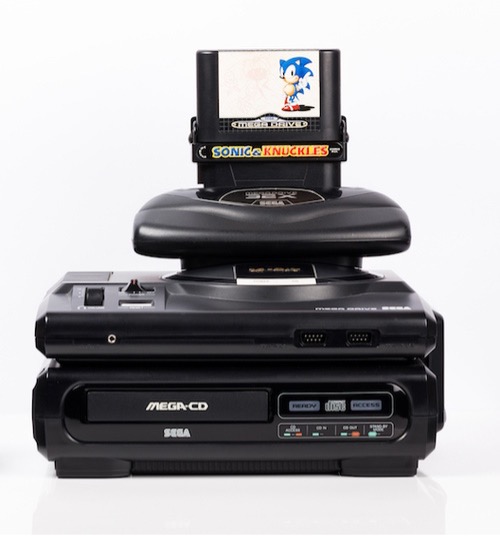Este site usa cookies para melhorar a experiência do usuário.
The Mega Drive
Sat Jan 21 2023
The Mega Drive
This article is part of a series of short articles that we propose to make you (re)discover some consoles or computers emulated in Recalbox.
Presentation
The Mega Drive, also known as Genesis in North America, is a 16-bit generation console designed by the Japanese company Sega. Released in 1988 in Japan, 1989 in North America and 1990 in Europe, it was designed to counter its competitor Nintendo which offered at its release the NES (Nintendo Entertainment System) which dominated the market.

The American name of Genesis was changed mainly because the rights on the trademark "Mega Drive" were already taken by another company.
The Mega Drive was a commercial success, selling almost 40 million copies. The marketing campaigns were very aggressive and wanted to target an audience older than its competitor by targeting teenagers. You have surely heard of the slogans of the time in France especially with the slogan "Sega c’est plus fort que toi" ("Sega is stronger than you") and in the rest of the world "Sega does what Nintendon't" (or "Genesis does what Nintendon't" for North America).

It has been critically acclaimed for many popular games, including the Sonic Team games (The Sonic Series, Ristar), Gunstar Heroes, Golden Axe, The Legend of Thor, Sun, and many others.

In addition to the Games developed on the Mega Drive, it was backwards compatible with the games of the Master System by inserting the Sega Power Base Converter.

Controllers
The console came out with a 3-button controller which is the one we've all known. All games released on the console are compatible with this controller, even if the ergonomics for games provided for 6 buttons is not always ideal (eg passage through key combinations, or press the start button to switch on the other 3 buttons).
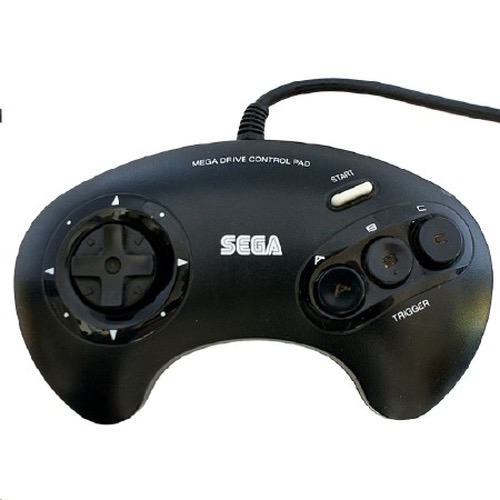
In 1993, Sega released an improvement to it to add 3 additional buttons, as well as a mode button. The goal was to improve ergonomics, especially on games being ports of the arcade, which often worked with 6 buttons. The mode button allowed the controller to operate in 3-button mode to improve compatibility with some older games.
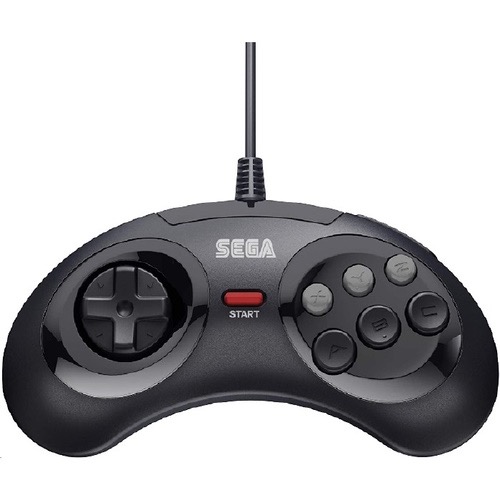
Other controllers were released by Sega or officially licensed, but were less successful.
Revisions
The console has undergone several revisions throughout its life, mainly to reduce the cost of production:
The Mega Drive 1 is the initial model, known for the quality of its sound chipset.
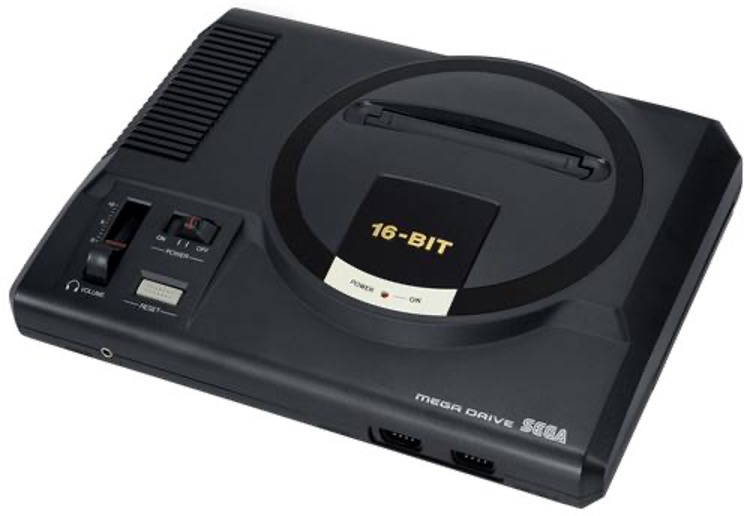
The Mega Drive 2, more compact and released in 1993. This model has been designed mainly to save costs, at the expense of sound quality and image rendering.
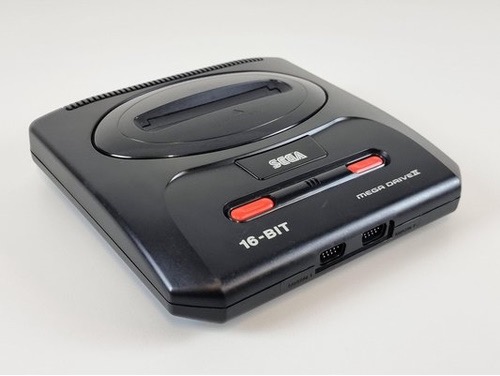
The license-built Mega Drive 3 was released at the end of the console's life in 1998. It is not compatible with the various existing add-ons.
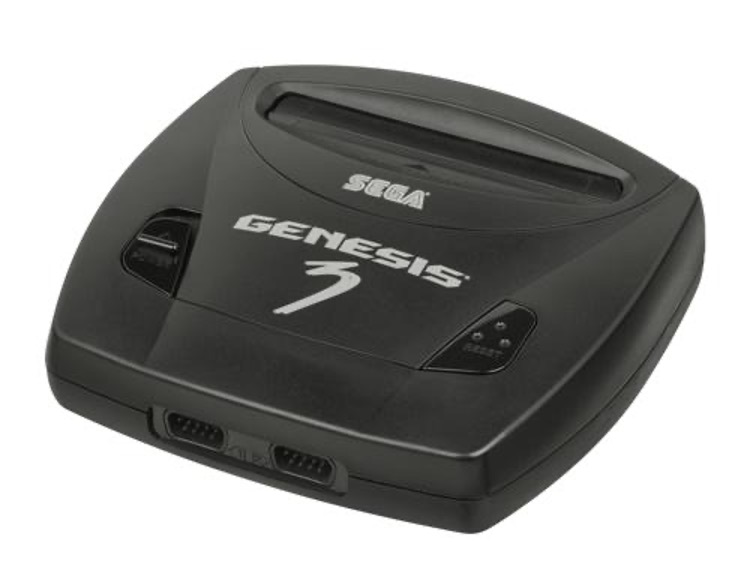
The Nomad is a portable version of the Genesis, it was only marketed in North America from 1995.
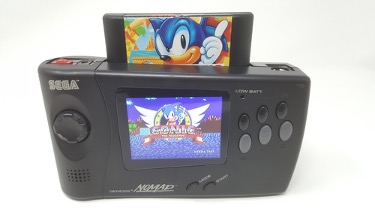
The Multi-Mega, released in Europe and North America in 1994, it includes the Mega Drive, as well as its Mega CD add-on.
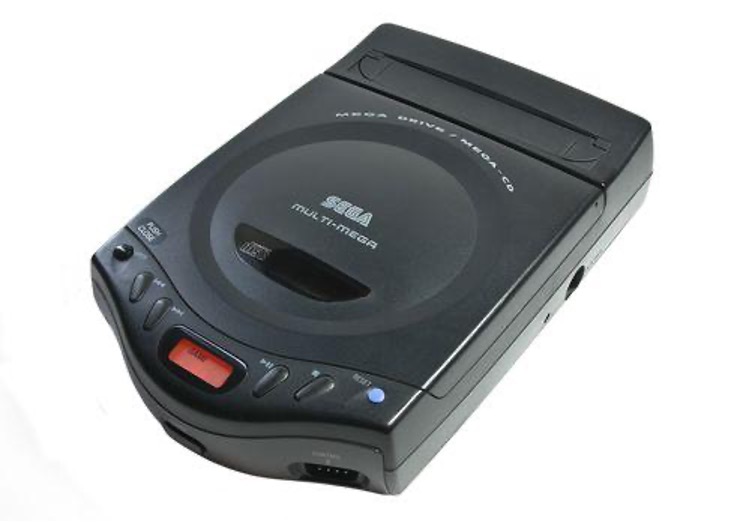
Other models, mostly built by third-party manufacturers, were also manufactured.
Add-ons
To extend its lifespan, two additional add-ons have been developed for the console.
The Mega CD (or Sega CD in North America) is an add-on developed by the Japanese Sega teams, adding a CD-ROM drive (audio and games), released in 1991 in Japan, in 1992 in the United States and in 1993 in Europe.
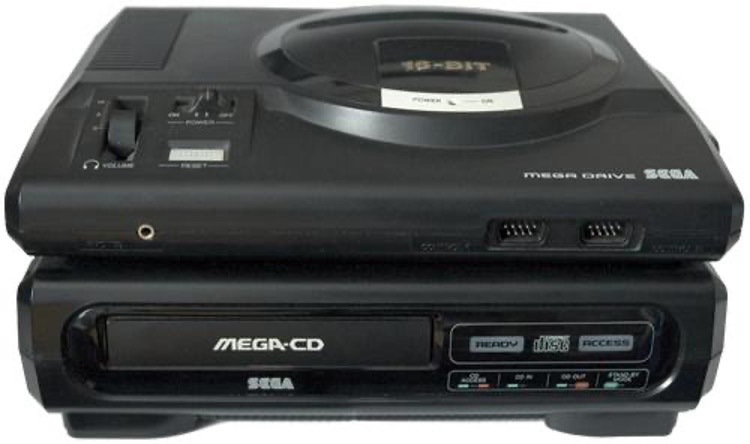
Two versions of this add-on exist, the first, bulky is compatible only with the Mega Drive 1, the second, more compact, is compatible with the Mega Drive 1 and 2.
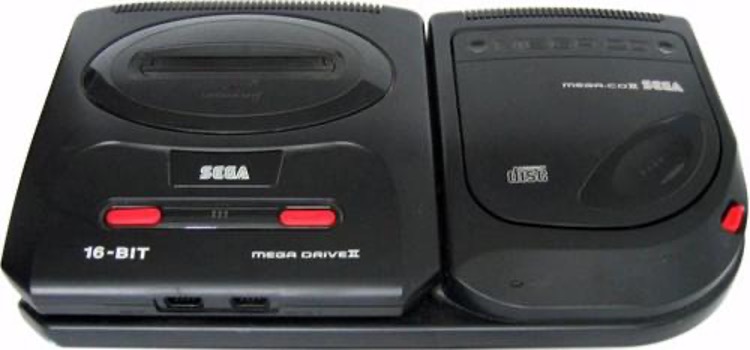
The second, the 32X, was however developed by the Sega of America teams and incorporated additional processors whose purpose was to transform the console into 32 bits. Released in 1995, this module uses specific cartridges.
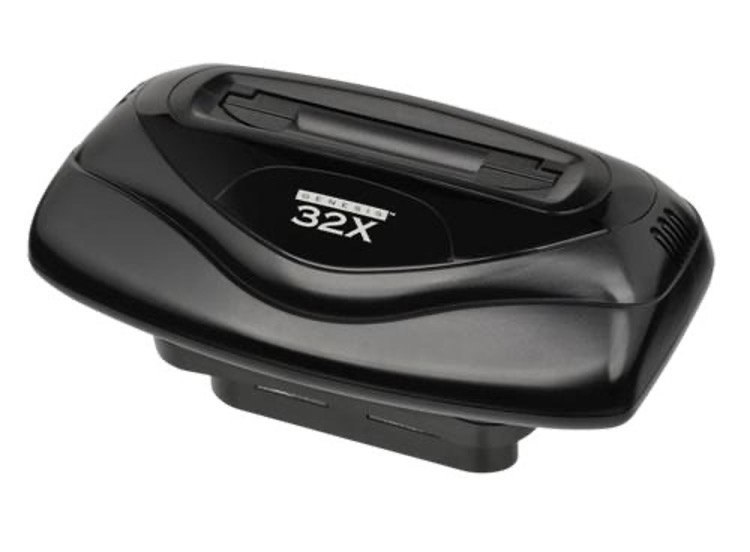
Finally, a last add-on was released in 1992, limited to Japan only. This allows you to add a Karaoke feature. The Mega CD Karaoke, as its name suggests, works in conjunction with the Mega CD and is attached to the left of the latter
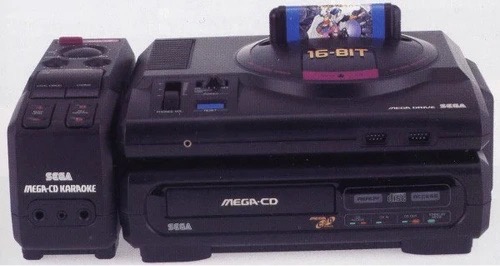
End of life
The Mega Drive was sold and supported until 1998 after 10 years of life. It ended its life due to lack of interest from developers and players in favor of new generation consoles (Playstation, Nintendo 64, Saturn), which did not prevent games from being released during its last year (Sonic R and Phantasy Star Collection).
